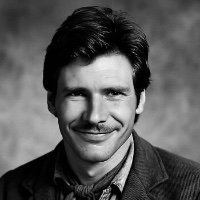Role Of Pain In Meditation
-
Recently Browsing 0 members
- No registered users viewing this page.
-
Topics
-
-
Popular Contributors
-
-
Latest posts...
-
131
The official sinsod calculator for Thai marriages
Locked while removing off topic posts. -
227
Trump just made an idiot move
A 1.5% lead on a 64% turnout was not annihilation, nor, before anyone suggests it, was it a major landslide. I don't dispute that Mr Trump won the election. -
153
Israel leveling Gaza
Enough shouting maybe. PS: There's been no genocide in Gaza. None.- 1
-

-
2
Report Thailand Braces for Downpours as 'War Room' Springs into Action
From reports: This typhoon has hit Hong Khong with heavy downpour but not as devastating as other typhoons. It's been downgraded to tropical storm. So hope for the best. -
24
THAILAND LIVE Thailand Live Monday 21 July 2025
Pit Bull Mauls Woman’s Toe – Police Request CCTV Despite Missing Digit Picture courtesy of Workpoint. A 56-year-old woman who lost a toe after being mauled by a pit bull in the early hours of July 14 has expressed frustration after police requested CCTV footage to support her case, despite her injuries. Full story:https://aseannow.com/topic/1367332-pit-bull-mauls-woman’s-toe-–-police-request-cctv-despite-missing-digit/ -
131
The official sinsod calculator for Thai marriages
You don't pay a sin sod for daily bargirls. In time, everyone understands other's motive here, especially when they act innocent.- 1
-

-
-
Popular in The Pub





.thumb.jpeg.d2d19a66404642fd9ff62d6262fd153e.jpeg)





.thumb.jpg.4fd22303fa94eb0a6ebf5a9cf7194eb4.jpg)


Recommended Posts
Create an account or sign in to comment
You need to be a member in order to leave a comment
Create an account
Sign up for a new account in our community. It's easy!
Register a new accountSign in
Already have an account? Sign in here.
Sign In Now